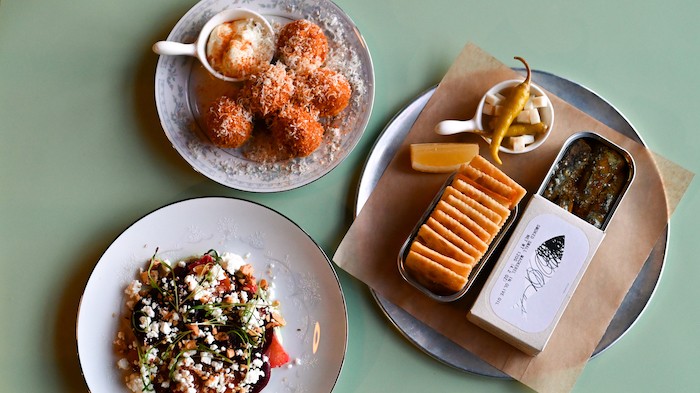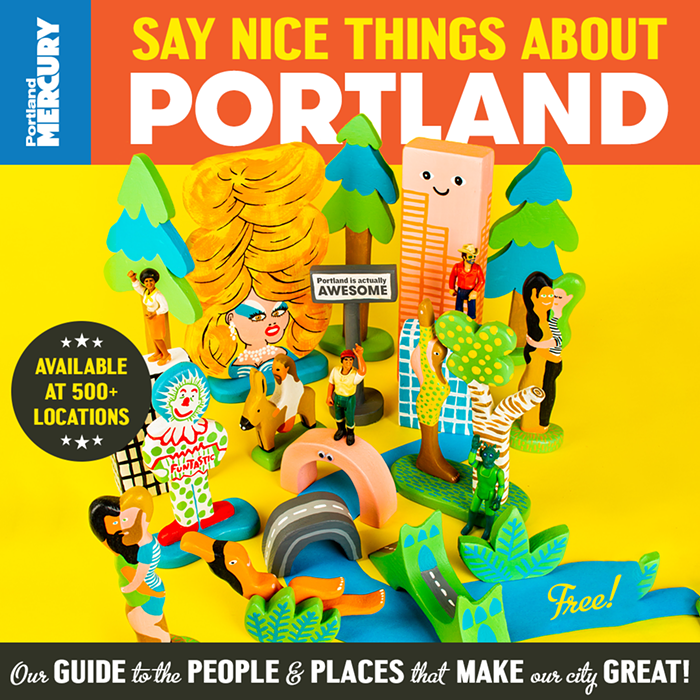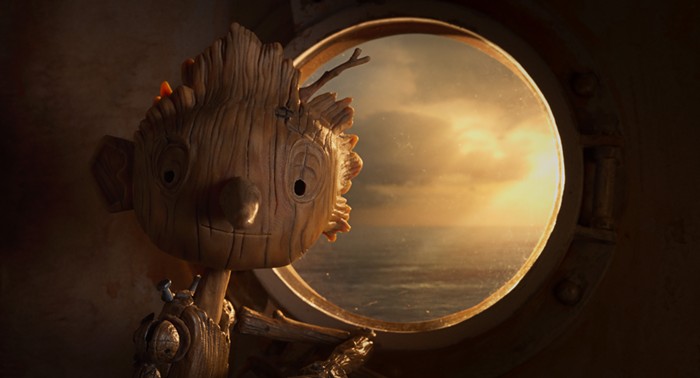take the Woodburn Exit from I-5 South, follow Hwy 99E to Mount Angel
We strolled into the library, as casually and non-threateningly as possible, as if we hung around abbeys all the time. We were hunting for the world's largest hairball, mentioned in Chuck Palahniuk's Fugitives and Refugees, but on this sacred campus, there were no neon signs showing the way. "Excuse me, sir," I ventured, sounding as reverential as possible. "Where is the museum?" A dark cloud crossed the librarian's face. "There are two museums at Mt. Angel," he intoned. "The Old Believers Museum is located one building over. Take the first right, up the stairs, and to your left." His voice dropped to something close to a mumble. "Then there's another museum on that end of the property," he said, pointing limply.
Tucked away in the farthest corner of the campus possible, we found the museum we had been searching for. We let ourselves in, flipped on the bay of lights, and realized that we were in for much more than we had bargained for. We had stumbled into an honest-to-God wunderkammer, a cabinet of curiosities where objects as disparate as religious artifacts and mutated animals commingled, free of their natural contexts, begging for new associations.
The museum is dominated by an overcrowded case of taxidermied animals, who loiter as they never would in nature. White wolves and caribou share the same airspace with raccoons and javelinas, frozen in exciting action poses.
Aside this bestiary, religious artifacts like holy shrines, a crown of thorns, portraits of Christ, and other devotional items appear at every turn in the museum.
What lies between the stuffed animals and the Venerable Objects, though, is what fascinates most. You can speculate for days why monks would crowd their museum with miniatures ships in bottles, greeting cards of mystic Native Americans, burial urns with charred human bones, and yes, a hairball the size of two fused coconuts. But the real clincher is a vitrine featuring two stuffed calves, sporting a total of 16 legs between them. One spotted fellow hosts an extra four legs that dangle sadly from its belly, while the other calf's torso splits like a "Y," which puts six legs on the ground and another two crossed peacefully over her shoulder blades. Their presence in this scenario is melancholy, wonderful, fascinating, and curious. I can only guess at the monastic curator's intentions with these inclusions, but the lingering effects they produced remain divinely splendid.












